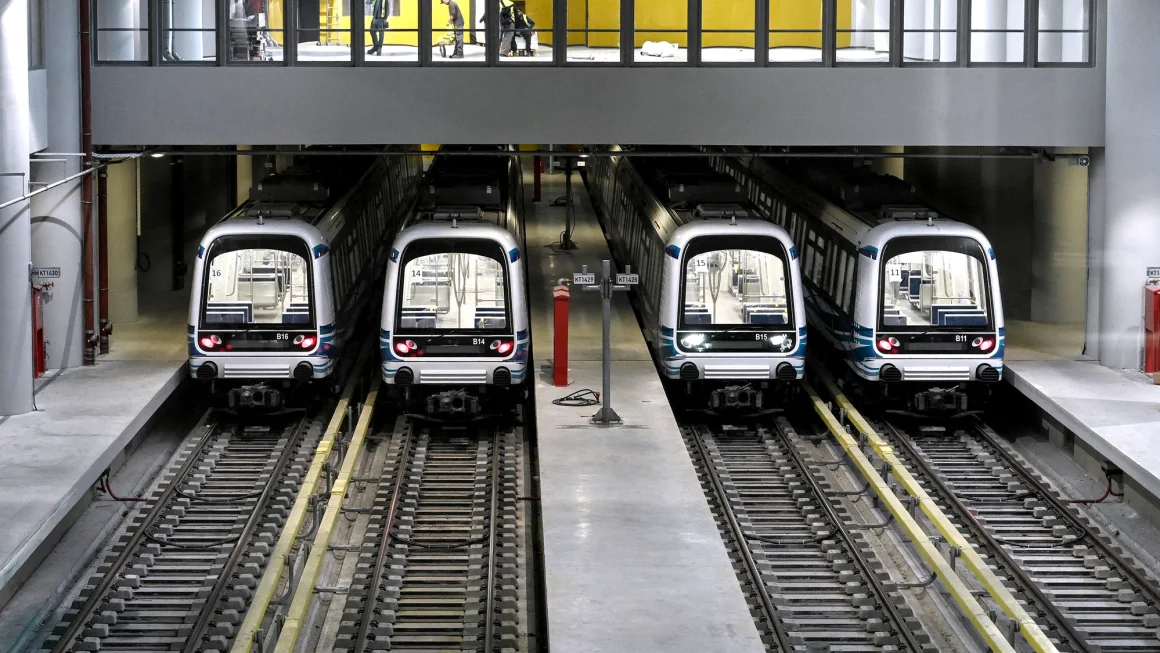The city of Thessaloniki in Greece has unveiled a groundbreaking metro system that not only modernizes urban transport but also showcases a rich trove of archaeological discoveries. Spanning over two decades of construction, this project integrates ancient artifacts into its design, offering passengers a unique journey through history while using state-of-the-art transportation.
During the construction of the 9.6-kilometer inaugural metro line, over 300,000 artifacts were unearthed, reflecting the city’s vibrant history from the Roman, Byzantine, and Ottoman periods. Key finds include a Roman-era marble-paved road, ancient burial sites, water drainage systems, and intricate mosaics, many of which are now displayed across the 13 metro stations. The Venizelou Station, in particular, features an exposed section of the Roman thoroughfare, preserved as a cultural exhibit.
To accommodate these discoveries, engineers had to adjust construction plans, including tunneling deeper than originally intended. Despite delays and additional costs, the metro’s integration of ancient and modern elements has been hailed as a feat of engineering and cultural preservation. The project also includes driverless trains and environmentally friendly features expected to significantly reduce traffic congestion and carbon emissions
Residents and officials alike view this metro system as a symbol of progress, blending Greece’s historical legacy with contemporary advancements in urban infrastructure











